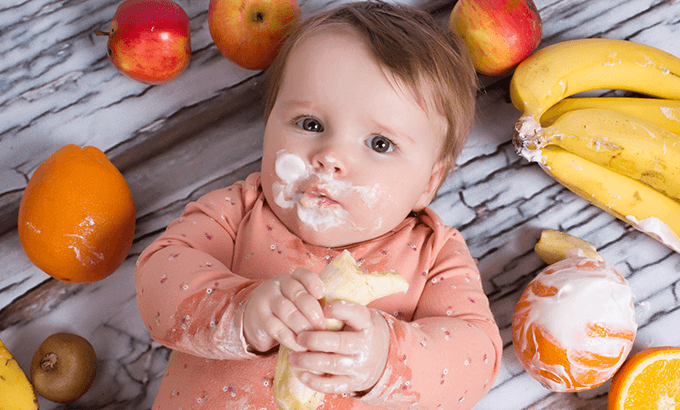How Does Your Baby’s Sense of Taste Develop?
From birth to 3 months
At this stage, your baby’s sense of taste is very sensitive. In fact, when compared to an adult, the taste buds in a baby’s mouth are stronger than the taste buds in an adult’s mouth. In newborn babies, the taste bud can be found on the tongue as well as on the tonsils and back of the throat.
During the first three months, your baby can distinguish between sweet and bitter tastes. They prefer sweet flavors, such as the taste of breast milk.
3-6 months
At 3 months old, your baby’s tongue has grown. You may notice that he puts things like toys or blankets in his mouth. This shows that he uses his language to try to understand different textures and tastes.
At around 5 months, your baby’s sense of taste changes and may be more responsive to salty tastes. Still, it’s not a good idea to give your baby salty food at this stage.
between 6-12 months
At 6 months of age, the taste of solid foods after breast milk and formula may surprise your baby. After getting used to the taste of milk, it is quite natural for him to react to other foods.
When you start solid foods, you will find that your baby immediately likes the taste of new foods. He is likely to refuse certain foods as well, and you may need to try feeding the rejected foods a few more times. Experts argue that it should be tried at least eight times before your baby decides whether he likes the food or not.
At around 7 or 8 months, your baby has the skills to try solid foods on his own. This is a good opportunity to try new flavors and explore different textures with the help of a variety of soft fruits or vegetables.
